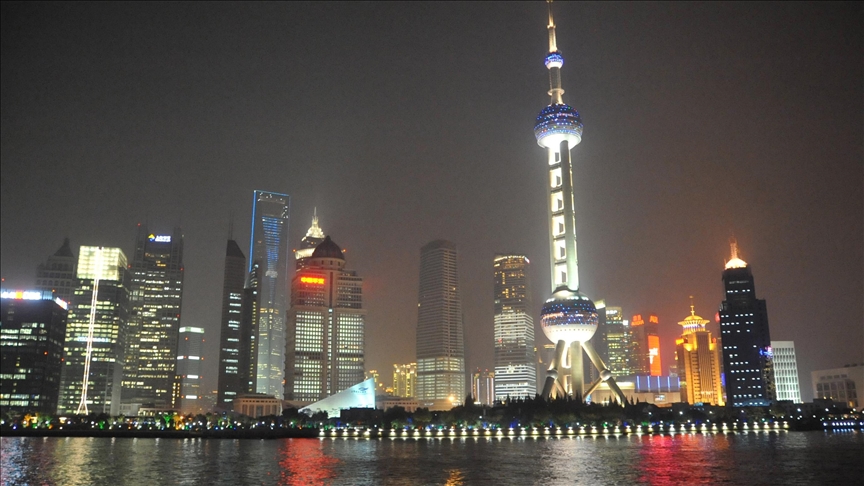
China’s economy weakened in Q2 as growth fell short of expectations and consumers remained cautious, putting pressure on leaders to introduce more stimulus.
The latest figures show a decline in the post-Covid recovery, adding to a series of disappointing readings in recent months.
China’s economy grew 6.3% in April-June, according to the National Statistics Bureau. This is faster than the previous three months but falls short of the 7.1% predicted by analysts.
Despite last year’s Covid lockdowns in major cities, the country’s current comparison base is very low.
Quarter-on-quarter growth in the economy slowed down to 0.8 percent, a significant drop from the 2.2 percent growth seen in the previous quarter.
The NBS spokesperson, Fu Linghui, stated that the economy is showing a strong recovery.
“Market demand is recovering, production supply is increasing, employment and prices are stable, and residents’ income is growing steadily”, he said.
Fu acknowledged the challenges faced by the Chinese economy. He highlighted the complex international situation and the demanding tasks of reform, development, and stability.
New data supports the idea that the post-pandemic recovery is slowing down.
Retail sales in China increased by 3.1% in June compared to the same period last year, according to the National Bureau of Statistics (NBS).
Chinese youth unemployment reached a record high of 21.3% in June, up from 20.8% in May, according to the NBS.
Unemployment remains at 5.2% but only includes big cities.
Calls for officials to unveil support measures have increased due to a series of poor readings in recent months.
The People’s Bank of China recently cut interest rates, but there has been little action from Beijing to help the troubled property sector.
GDP growth fell short of target at 3.0% last year, below the expected 5.5%.
China is targeting a five percent growth this year, which is one of the lowest goals in decades. Premier Li Qiang has cautioned that achieving this target won’t be easy.
